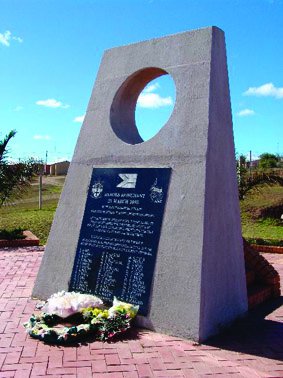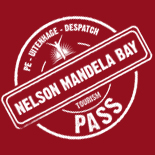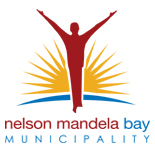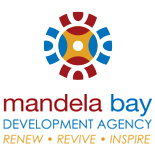THE LANGA MASSACRE IN 1985

Langa Memorial
The Langa Massacre in 1985 was one of the defining moments in the fight against Apartheid prompting better services to honour victims.
The Langa Massacre in 1985 was one of the defining moments in the fight against Apartheid, since a State of Emergency was declared after the Maduna Road bloodbath marking the beginning of the end of Apartheid rule.
Nelson Mandela Bay Municipality Executive Mayor Dr Danny Jordaan said: “You, the people of Langa, Kwanobuhle and more specifically those who are related to and are victims of the massacre, we owe it to you that service delivery must be done differently.
“Job creation through the ocean economy and other economic development opportunities must be accelerated.
“The ANC that we love, work for and support must ensure that things in the metro must be different. That the allocation of houses and the acceleration of the building of houses must be different and the lives of our people must be different.
“That is why the Massacre Foundation must have a special place. We want to work with you to achieve this,” Mayor Jordaan said.
Jordaan, Eastern Cape MEC for Economic Development, Environmental Affairs and Tourism Sakhumzi Somyo and other leaders signed a pledge to denounce racism and its ill effects on South African society.
Mr Nicolas Malgas, from the Langa Massacre Foundation, called on government to do more to improve the economic conditions of survivors of the massacre and the families of victims on that fateful day. He called on the municipality to consider upgrading the Kwanobuhle Cemetery where the deceased are buried in a mass grave.
The historic significance of the Langa Massacre in 1985 was amplified as the Apartheid police killed mourners on their way to a funeral in the Uitenhage suburb while the world remembered the killing of 69 people 25 years before during the Sharpeville Massacre that took place on 21 March 1960.





















 Please wait!
Please wait!